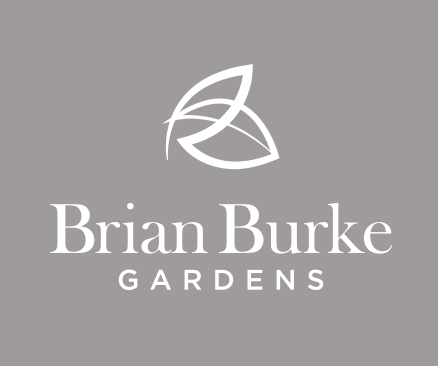In 1973 the Tennessee Conservationist magazine ran a competition for readers. A prize was offered for the best 100 word description of a photograph of an abandoned , dilapidated farmhouse in the middle of a neglected field. A Native American man won with the following:
“Picture show white man crazy. Cut down tree. Make big teepee. Plough hill. Water wash. Wind blow soil. Grass gone. Door gone. Windows gone. Whole place gone. Buck gone. Squaw gone. Papoose too. No chuck-away (food). No pigs, no corn. No plough. No hay. No pony.
Indian no plough land. Great spirit make grass. Buffalo eat grass. Indian eat buffalo. Hide make teepee; make moccasin. Indian no make terrace. All time eat. No hunt job. No hitchhike. No ask relief. No shoot pig. No build dam. No give dam. Indian waste nothing. Indian not work. White man crazy.”
What this illustrates is that different world views have different implications for the landscape. With increased technology and more sophisticated lifestyles comes a responsibility to proportionately increase environmental management.

The approach of the Native American is based on respect for the earth and its resources,sensitivity, humility, frugality, avoiding waste, recycling, upcycling. Do any of these sound familiar? All of these themes were in evidence at the Global Green area of Electric Picnic a few weeks ago.
I have spoken about rebooting suburbia and our sense of community and belonging, about neighbourhood makeover. It is imperative that we see the commitment to such change as being part of a grander commitment to curing the disease of overconsumption which is damaging our society. We know our level of consumption is unsustainable, we probably also have a personal suspicion that it’s unsatisfying. In the words of American philosopher Eric Hoffer “You can never get enough of what you don’t need to make you happy.”
The current western cultural drift towards re-embracing the primitive is to be applauded but is lamentably, in all likelihood, more a product of the combination of the noises of a progressive minority strand of society and recent straitened times rather than a mainstream shift in approach. It will be interesting to see what happens as the steps towards economic recovery become less tentative and more steady.
Something tells me the ships carrying the Indian Sandstone all the way from China, to the exclusion of any number of sources of beautiful native stone, are going to start setting sail again. That the order books of Eastern European softwood suppliers are going to start filling, to the detriment of our indigenous managed forests supplying beautiful mature larch. The choices made down at the patio centre or the builders provider’s might seem innocuous enough but carry real economic and environmental impact.
The Native American’s world view is reflected in his bemusement at the treatment of the landscape. Working with nature is his thing. The western world’s insistence on modifying nature, on making it bend to our will might be on some level justifiable if the familiar assertion that it is all necessitated by the need to feed seven billion people were true. The need to feed a bottom line in a Boardroom somewhere would be a more accurate reflection of the reality. Apathy, propaganda and skewed priorities are the only reasons the intuitive approach of the Native American is not being adopted on a broader basis.
We have been brainwashed into believing that unfettered growth is the only means of being fulfilled and happy. In order to keep us buying crap that we don’t need the vested interests have carefully devised and propagated the narrative which maintains that the end of civilisation is nigh when GDP is falling. What they fail to mention is that the end is nigher when it’s rising.
On trend, bling, ostentation, affectation, extravagance, conspicuous consumption; they can’t get enough of all that stuff fuelled by their beloved growth.
To be honest I’m a strong devotee of growth myself. This Summer when I looked out the back window I could see nothing else – carrots, radishes, onions, cabbage, lettuce. Now you’re talking.

Leave a Reply